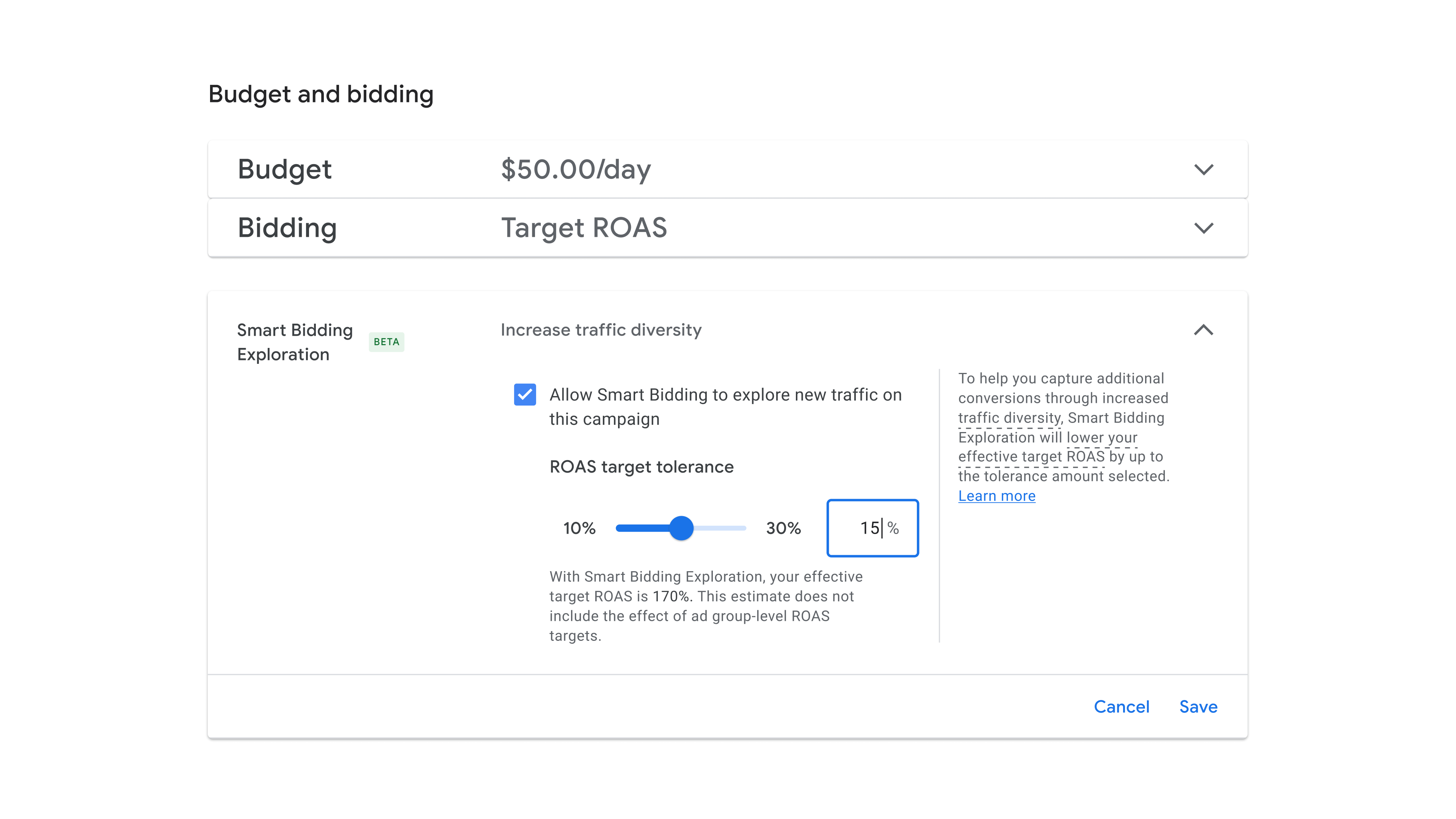PSA: Mixing These Two Ingredients Can Wreak Havoc On Your Skin
Derms are begging you to stop mixing these actives.


mbg Assistant Beauty Editor
mbg Assistant Beauty Editor
Hannah Frye is the Assistant Beauty Editor at mindbodygreen. She has a B.S. in journalism and a minor in women’s, gender, and queer studies from California Polytechnic State University, San Luis Obispo. Hannah has written across lifestyle sections including health, wellness, sustainability, personal development, and more.
Image by Studio Firma / Stocksy January 13, 2023 Our editors have independently chosen the products listed on this page. If you purchase something mentioned in this article, we may With all of the talk about how beneficial salicylic acid and retinol are for the skin (especially for those prone to breakouts), it’s only reasonable to want to know if they can be used in the same routine. However, since they are both very powerful ingredients, it’s essential that you know how to do so responsibly—otherwise, you can seriously damage the skin barrier, or even render the products ineffective. To help you out, we’ve compiled everything you need to know in one story, all from experts. Let’s dive in.
Advertisement
This ad is displayed using third party content and we do not control its accessibility features.
What is retinol?
Before we get into the logistics of combining these products into one routine, let’s get to know each powerhouse ingredient. Up first, we have retinol. At it’s core, retinol is a topical form of vitamin A.
A quick caveat, the term “retinoid” encompasses all forms of retinol, including both over-the-counter and prescription-grade formulas. The difference in the two categories tends to be the strength, as OTC formulas are generally less potent.
If you’re not sure whether or not you should shoot for prescription products or OTC serums, this story will help you out.
Benefits of retinol:
There are plenty of benefits to using retinol, and not just for aging skin alone. Here’s a quick summary:
Advertisement
This ad is displayed using third party content and we do not control its accessibility features.
What is salicylic acid?
Salicylic acid is a beta-hydroxy acid (aka BHA), which means it's oil- and fat-soluble. In plain terms, this acid can basically break through the oiliest skin, shimmying deep inside the pores to help unclog them at the source. As a result, it can help exfoliate the skin and remove excess oil, as well as balance sebum levels.
"Salicylic acid was originally from willow bark trees," board-certified dermatologist Anar Mikailov, M.D., FAAD, founder of KP Away said about the ingredient. "But nowadays salicylic acid is mostly synthetically produced, either via biosynthesis or via commercial production."
Benefits of salicylic acid:
Why use it? There’s plenty of reasons, especially for those that may be prone to breakouts, both occasional or chronic.
Advertisement
This ad is displayed using third party content and we do not control its accessibility features.
Let's settle this: Can you use them at the same time?
The question you’ve been asking: Can you use both ingredients simultaneously? The short answer is no, you probably shouldn’t. “Mixing salicylic acid and retinol can lead to increased irritation, especially in someone who is prone to dry or sensitive skin,” board-certified dermatologist and founder of Maei MD Rebecca Marcus, M.D., FAAD tells mbg.
Retinol is a notoriously unstable ingredient, so you’ll want to proceed with caution whenever pairing it with another product in one setting. The goal here is to isolate your active ingredients (read: use one active per sitting).
“Salicylic acid and retinol can be used simultaneously, as long as they are not applied at the same time,” board-certified dermatologist and founder of NicholsMD of Greenwich Kim Nichols, M.D., FAAD tells mbg.
“You want to leave enough time in between the application process for each ingredient to deliver optimal results,” she adds. In general, this means applying the ingredients at different times of the day, Nichols suggests.
You can also apply them on different nights (AKA practice skin cycling). More on that in a bit. However, we must remind you that these ingredients are powerful, so using both of them every day might be a bit much for your skin, especially if you’re prone to irritation.
5 ways to use retinol & salicylic acid in the same routine.
So let’s get into logistics—how can you use these two in the same routine? Here are a few different methods to consider.
Advertisement
This ad is displayed using third party content and we do not control its accessibility features.
1.
Apply retinol at night, and SA during the day.
“Typically it is recommended to use salicylic acid during the day and retinol at night as some retinoids are considered photolabile, which means they may become unstable and break down when exposed to the sun, making them less effective when used during the day,” Marcus notes.
“Both ingredients may cause you to be more sensitive in the sun, so regardless of which one is used during the day or at night, it is important to wear sun protection,” she adds. We repeat: Wear your SPF every single day.
If you’re prone to sensitivity, then skin cycling might be a better option than using the two on separate nights. Here’s how to do it, from board-certified dermatologist and founder of Dr. Whitney Bowe Beauty, Whitney Bowe, M.D., FAAD.
Advertisement
This ad is displayed using third party content and we do not control its accessibility features.
For those with acne-prone skin, you may be able to cut your skin cycling routine down to three nights, reserving just one evening for recovery. To learn more about skin cycling and how to master this process for your skin type, check out our full guide here.
3.
Use SA masks weekly, but retinol regularly.
When you think of salicylic acid, you might immediately picture a serum. However, you can use this ingredient in mask form as well.
“Salicylic acid masks once or even twice per week are beneficial for detoxifying the skin of impurities, fighting inflammation and soothing the skin whilst incorporating some hydration and offering brightening and skin smoothing attributes,” Heyday's Esthetician and Skincare Educator Glenise Gomez tells mbg.
“Dry skin will prefer a hydrating mask as the actives have a gentle delivery while oily skin can benefit from a clay base,” she explains.
It’s still best practice to use the salicylic acid mask on the night that you’re designating exfoliation night, rather than using it before retinol.
4.
Use a salicylic acid cleanser.
Some skin types may benefit from using a daily salicylic acid cleanser, which can be followed by a retinol serum, Marcus says.
However sensitive skin types should stick with gentle cleansers, and use a salicylic acid cleanser every few nights rather than on a daily cadence.
Best salicylic acid products
FAQ
How long after using salicylic acid can you use retinol?
You shouldn’t use retinol and salicylic acid in the same sitting. Instead, use salicylic acid in the morning, and retinol at night or use them on different nights throughout the week.
Can I use salicylic acid and retinol on different days?
Yes, using salicylic acid and retinol on different days is a great combination for those with oily or acne-prone skin.
Can you use salicylic acid and retinol in the same day?
You can use salicylic acid and retinol on the same day if you use them at different times. Use salicylic acid in the morning and retinol at night, as the latter is sensitive to UV light. Be sure to wear SPF during the day if you’re using either of these ingredients, as they make your skin more sensitive to sun rays.
The takeaway.
Salicylic acid and retinol are great ingredients to use for anyone with oily or acne-prone skin. However, they should not be used at the same time. Instead, use the two ingredients on different nights, use a salicylic acid cleanser, or use a salicylic acid mask througout the week. Looking for more ways to ease breakouts? Check out our full guide to managing acne here.

 FrankLin
FrankLin 





























